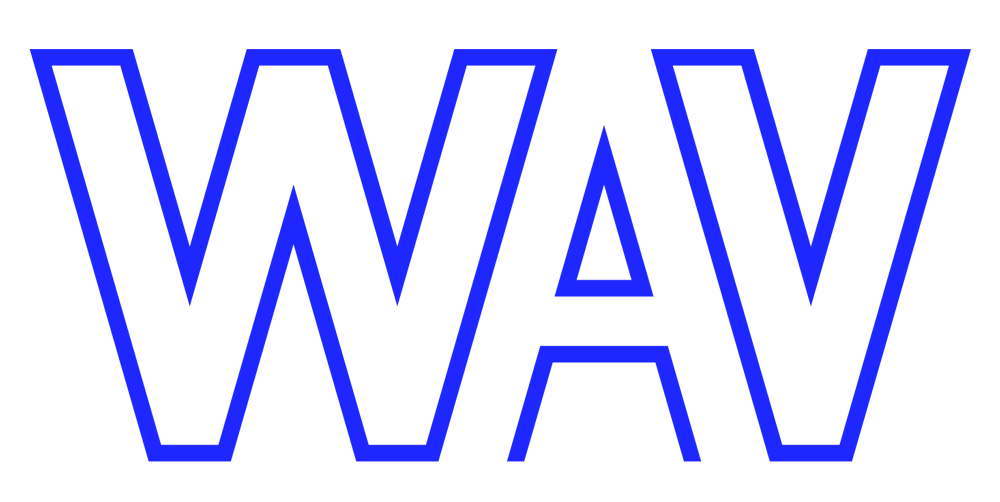On air Friday 22-11-19 from 18h till 20h
On June the 30th 1908, at around 07:17 local time, Evenki natives and Russian settlers in the hills north-west of Lake Baikal observed a column of bluish light, nearly as bright as the Sun, moving across the sky. About ten minutes later, there was a flash and a sound similar to artillery fire. Eyewitnesses closer to the explosion reported that the source of the sound moved from the east to the north of them. The sounds were accompanied by a shock wave that knocked people off their feet and broke windows hundreds of kilometres away.The explosion registered at seismic stations across Eurasia, and air waves from the blast were detected in Germany, Denmark, Croatia, the United Kingdom, and as far away as Batavia and Washington, D.C. It is estimated that, in some places, the resulting shock wave was equivalent to an earthquake measuring 5.0 on the Richter magnitude scale. Over the next few days night skies in Asia and Europe were aglow, with contemporaneous reports of photographs being successfully taken at midnight in Sweden and Scotland. It has been theorized that this effect was due to light passing through high-altitude ice particles that had formed at extremely low temperatures.

